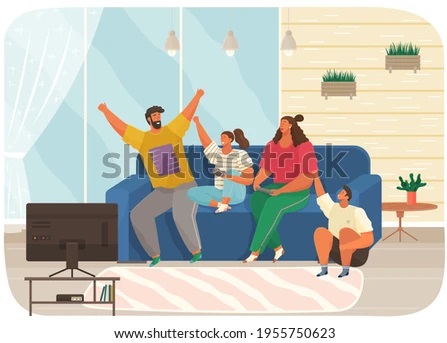
Joint attention
The ability to share a common focus on something with another person is referred to as joint attention. It involves gaining, maintaining and shifting attention.
This could be sharing focus with a child on objects, people, activities etc. Joint attention involves three things – the child, the object or event and another person. It starts in infancy and often between the child and a caregiver.
Advertisement
A child may demonstrate joint attention by either responding to another person’s invitation for joint attention or initiating joint attention with another person.
Joint attention is important in helping with communication, social skills and seeing other people’s point of view. It can be a predictor of a child’s language development in future.
Importance
Language development: Joint attention is vital for language development. Children learn words by hearing them and associating the word with particular objects.
So for children to learn the word ‘cat’, they will look at the cat that their caregiver is pointing to when they say the word ‘cat.
They will look back at their caregiver to be sure they are talking about the cat and then look back at the cat again.
They will need to hear the word frequently to learn that the word ‘cat’ refers to a four-legged animal with soft furs and claws.
Joint attention, therefore, helps children learn language. Without joint attention, it will be difficult for children to develop their language.
Social skills: During play time, children focus and share toys with others. This helps them engage in social interactions with others.
Children who have difficulties with this basic way of social engagement struggle with maintaining topics of conversation and interacting with others in a social context.
Better joint attention skills are associated with better language learning, cognitive and social abilities.
Lack of joint attention
Children with difficulties in joint attention may exhibit the following:
• May not be following the pointing of others
• May not be looking back and forth from object to another person
• May not be responding to the speech of others
• May not be looking back and forth from object to another person
Building joint attention
Some of the ways to encourage joint attention are:
• Follow the child’s lead and interest in activities
• Get down to the child’s level when engaging with him/her
• Sit close to the child and make eye contact
• Comment on what the child is doing
• Repeat what the child says
• Imitate the child’s actions on toys
At home, a caregiver can hold a child’s favourite toy at the same level with the child. Whilst down at the same level with the child and holding the toy in front of the caregiver’s face, the caregiver can say to the child, “Look.”
The caregiver must wait for the child to look at him/her in the eye before offering the child the toy. If the child does not immediately maintain eye contact with the caregiver, the caregiver should look in the direction of where the child is looking until the child looks at him/her before handing the child the toy. For some children, these skills may take a while to develop.
Speech and language therapists are trained to help children who have difficulties with early language skills such as joint attention.
The writer is Speech & Language Therapist/Clinical Tutor, University of Ghana. E-mail: [email protected]



